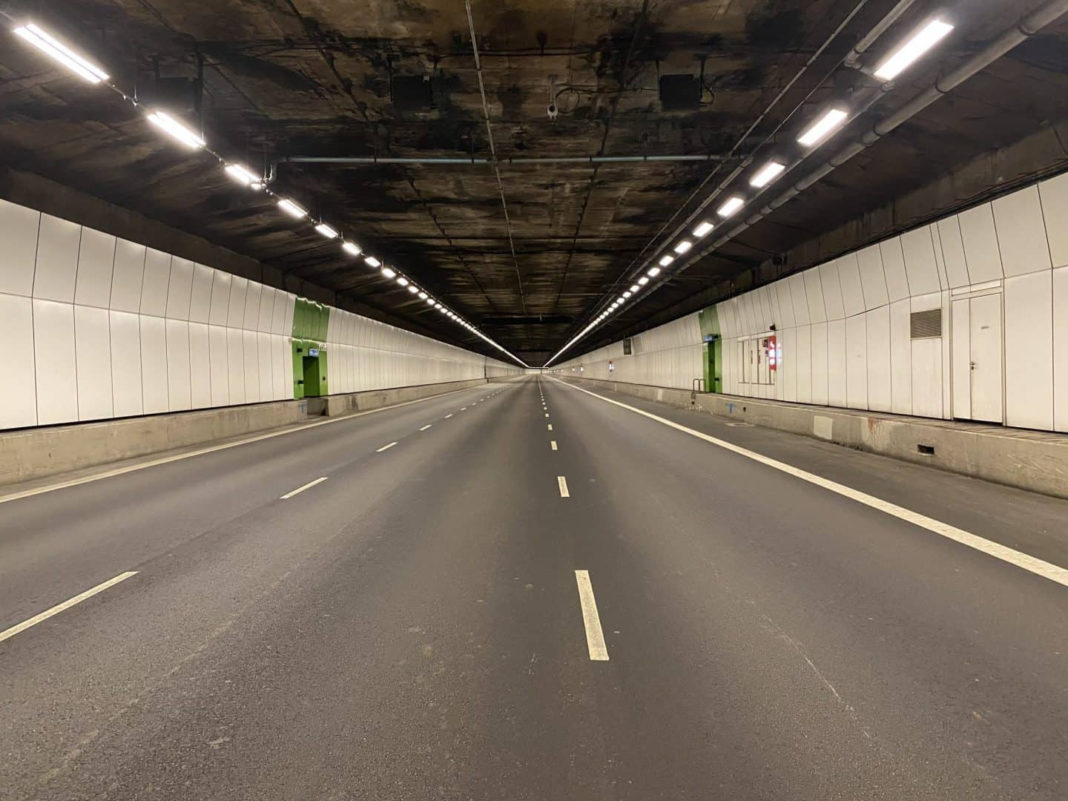The KPE was designed to alleviate traffic pressure on Singapore’s other main roads such as the Central Expressway (CTE) and the Pan Island Expressway (PIE). The KPE tunnel runs along the Kallang and Paya Lebar rivers, passing through areas such as Geylang, Kallang, Hougang, and Sengkang.
The KPE tunnel was built deep under the riverbed, with a maximum depth of 42 meters (equivalent to 138 feet) below ground. This helps to minimize impact on the surrounding communities and keep the natural environment unaffected.
The KPE is also equipped with modern safety systems. This includes a video monitoring system, fire detection system, ventilation system, and automatic lighting system. All of these help to ensure the safety of drivers and passengers on the KPE.

This highway was constructed at an estimated cost of 1.8 billion Singapore dollars (equivalent to 1 billion US dollars). The KPE is also considered the sixth-longest underground road project in the world at the time it was being built.
The southern part of the highway first opened on October 26, 2007, and the remainder opened on September 20, 2008. The KPE has a total of eight interchanges, eleven entrances, and twelve exits.
The KPE is not just an important highway, but also a symbol of Singapore’s progress and development. With the completion of the KPE, Singapore has set an important milestone in its infrastructure construction history.














